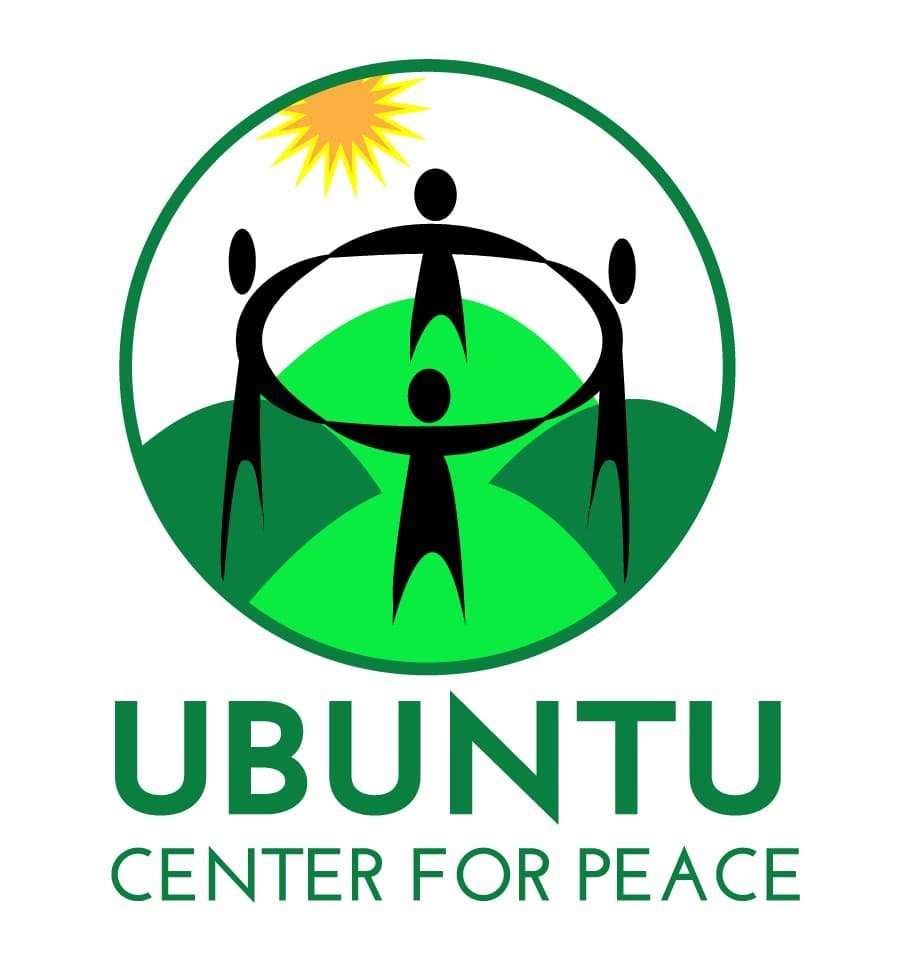Our Model
An Integrated Community-based Social Healing model
Our community-based social healing model integrates safe and accessible breath-body-mind practices with collective narrative (Tree of Life) and rituals.
Healing practices are provided by Community Healing Assistants whom we recruit from the communities we serve (in collaboration with local authorities), train them in basic notions of trauma and common mental disorders and equip them with our healing tools, group facilitation and data collection skills. CHAs are incentivized based on their performance and supervised by a professional psychologist.
Healing practices take place in healing groups of 20 people each. They are recruited from the community by the Community Healing Assistants who put them into therapeutic groups, and facilitate healing practices once a week for 15 weeks.
Healing groups transition into long-term support groups (self-help groups) which create additional activities including solidarity work, loan circles, cooperatives etc., to sustain healing, health and resilience.
Healing Practices Steps
The healing sessions are structured in a safe and predictable fashion including all our model’s healing components from rituals (such as traditional dance), body-mind practices, story sharing depending on the theme of the day, breathing practices and meditations.
Week 1-4: Creation of a safe space for the healing group. Storytelling as a healing practice is only possible in an atmosphere of safety. Therefore, the first step for CHAs is to help the healing group create safety group contracts. They employ methodologies and relevant exercises that help participants become more aware of their fears and identify situations that prevent them from feeling safe and emotionally vulnerable. This phase helps participants create bonds between them in their healing journey.
Week 5-7: Enhancing trust and emotional vulnerability amongst participants through specialized exercises and practices, getting more aware of and progressively sharing their deep emotional traumas leading to guilt, shame, resentment, fear, denial and doubt.
Week 8: Introduction of the Tree of Life as a tool to help structure storytelling/ personal narratives and a metaphor for healing. Different parts of the tree symbolize key aspects of our lives: roots symbolize our historical background; the trunk symbolizes our current lives; leaves symbolize how we nourish ourselves - physically, emotionally, mentally and spiritually; ripe fruits symbolize our accomplishments; and green fruits symbolize our hopes and dreams; while thorns symbolize our challenges and barriers to healing and self-actualization.
Week 9-13: Participants tell and retell their stories in smaller groups of 4-6 people each, using the symbolism of the Tree of Life. As they share their personal narratives, they reinterpret the meaning of their traumatic events, feel seen, heard and acknowledged, listen to one another with empathy, learn from one another, humanize one another, and feel part of a secondary family with a new vision.
Week 14-15: Group participants focus on the future, discussing on the transition to the self-help group, structure it and start exploring socio-economic activities that they want to integrate in their healing journey including cooperatives, solidarity work, lending circles but to name a few, to sustain healing, health and resilience.

